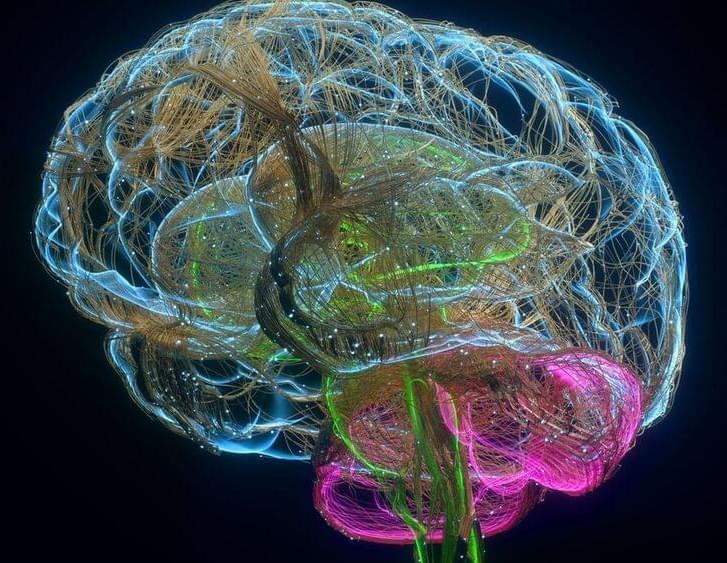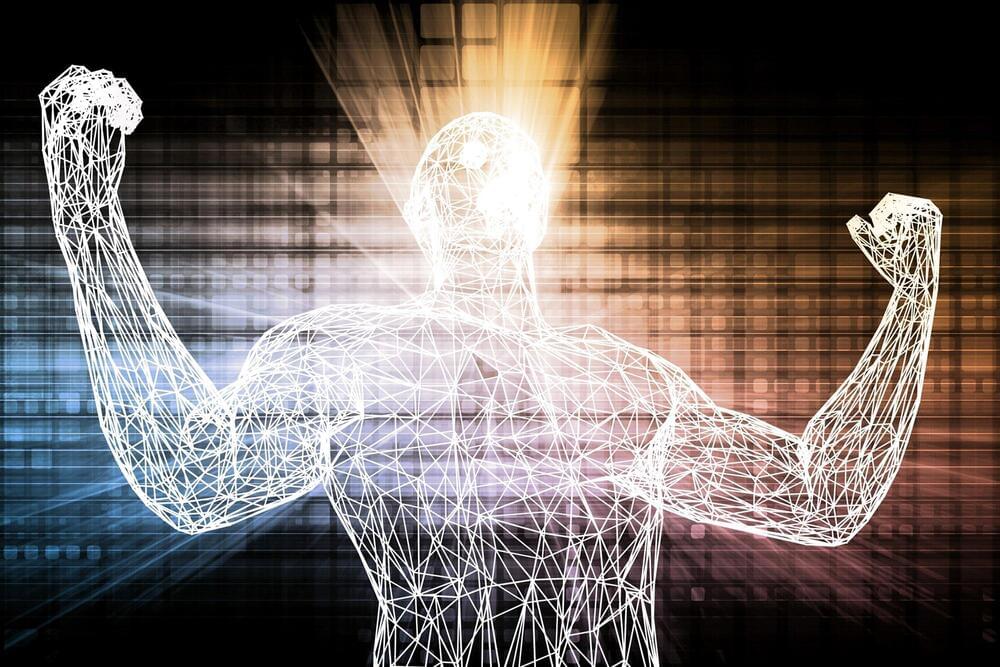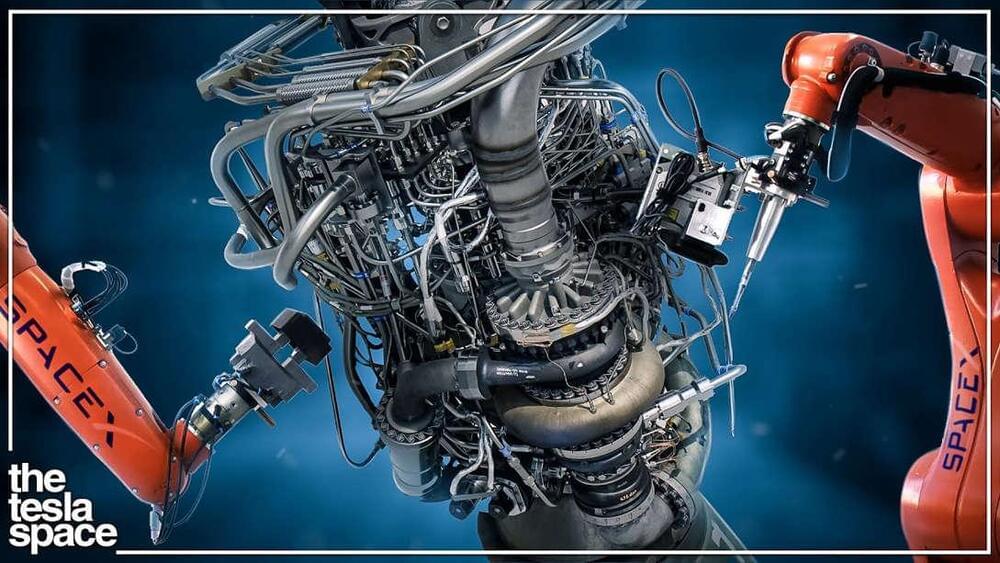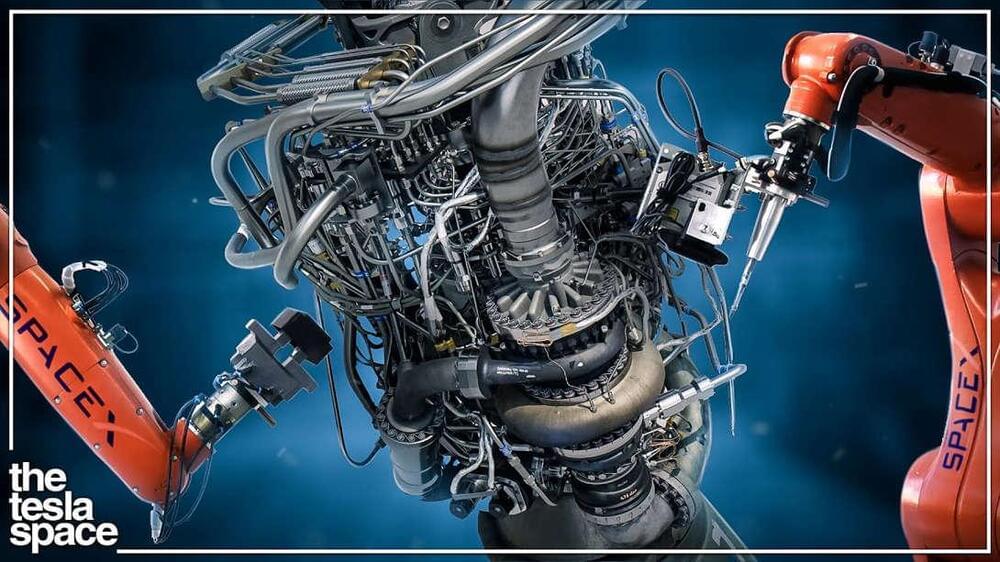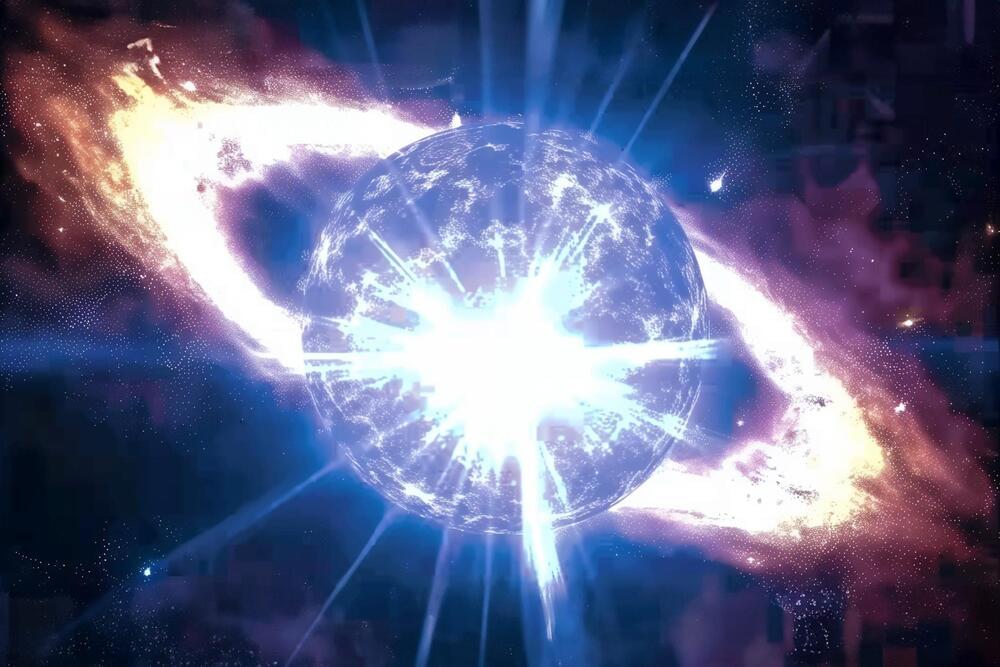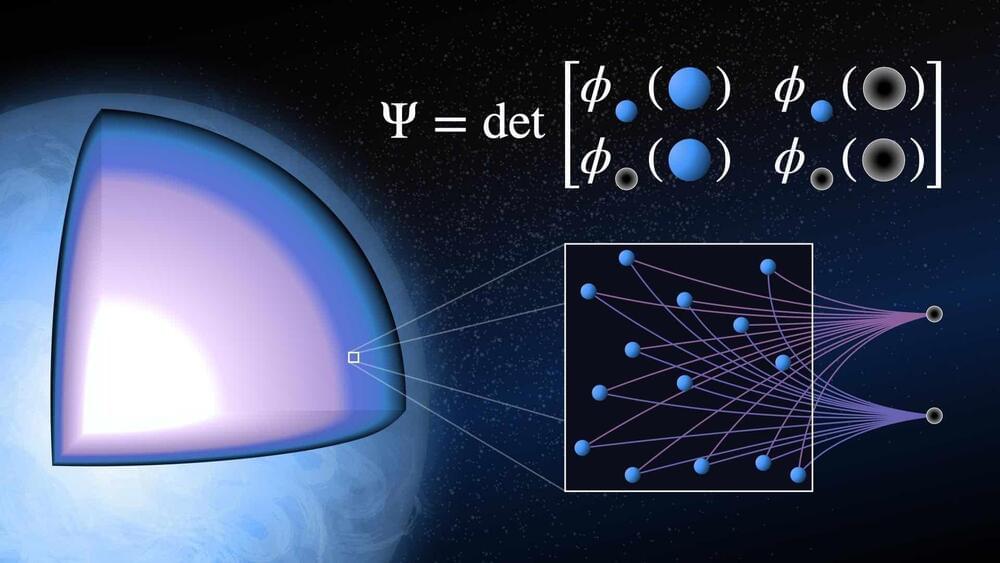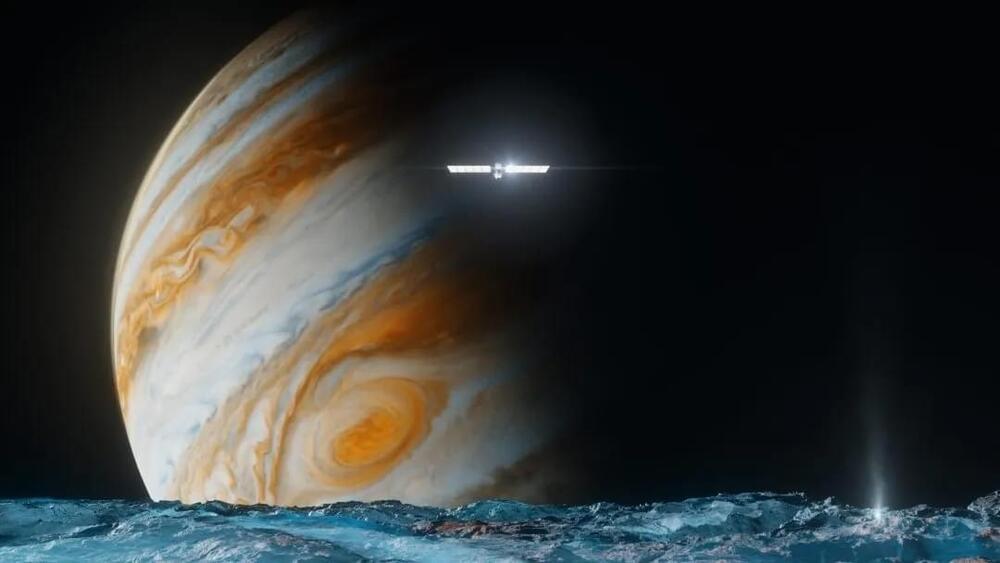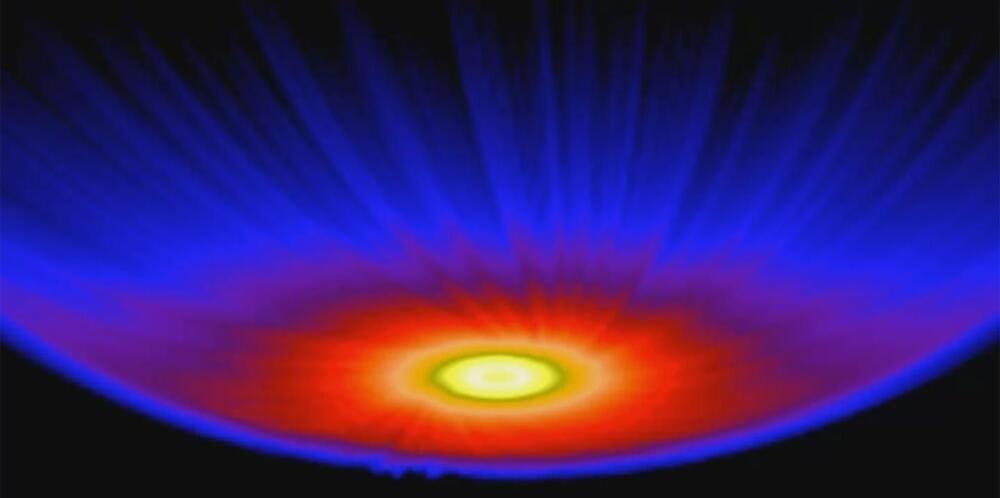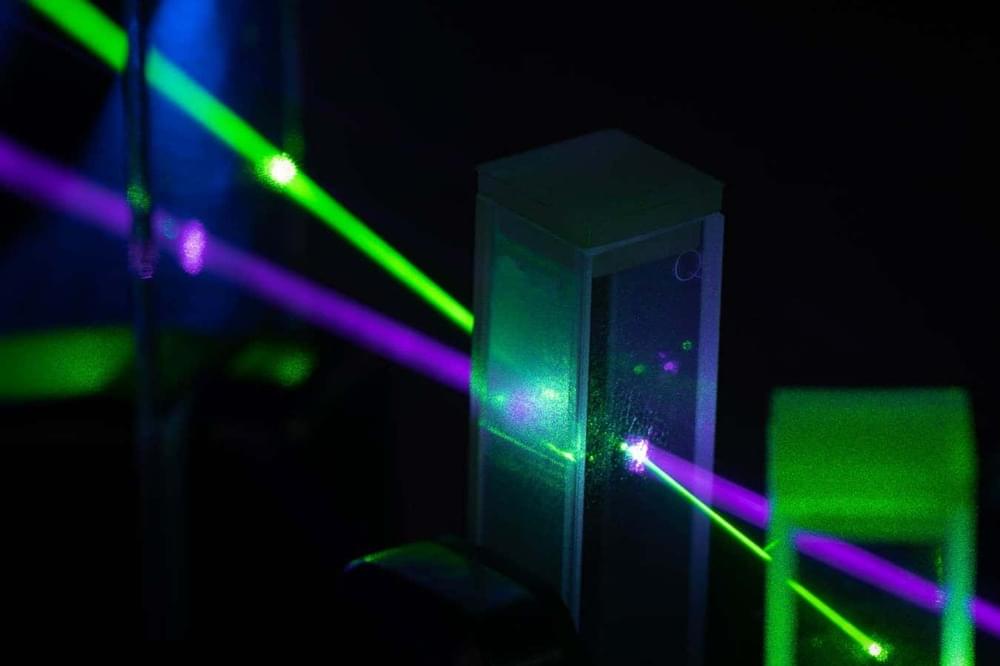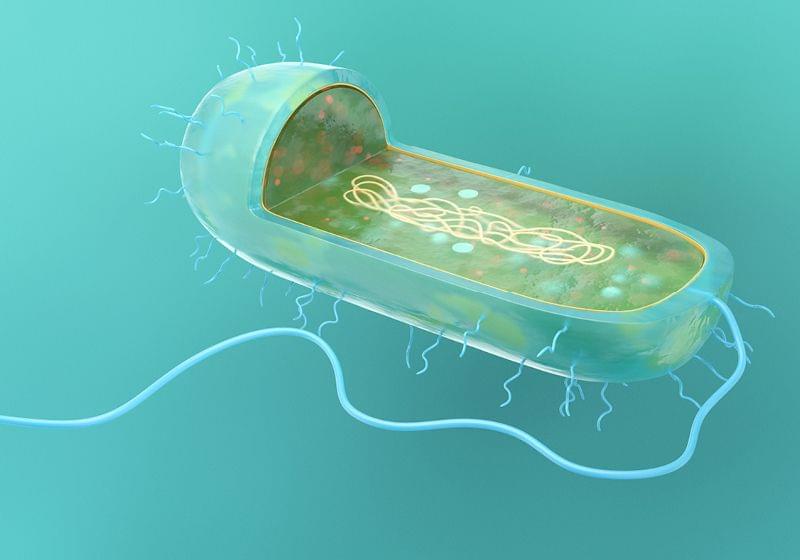A new laboratory study in mice suggests that primates like humans evolved large brains with a helping hand from microbes that live in the gut.
A recent study investigates the relationship between exercise and the expression of MYC in skeletal muscles over time, revealing that even minimal doses can promote muscle growth without physical activity.
Researchers have long known that there is a relationship between the cancer-associated gene MYC (pronounced “Mick”) and exercise adaptation. When human muscles are exercised, MYC is found to increase transiently in abundance over 24 hours. But as we age, the MYC response to exercise is blunted, perhaps explaining a reduced ability to recover from exercise and maintain or gain muscle.
Knowing the precise mechanisms by which MYC drives muscle growth could prove instrumental in creating therapies that reduce muscle loss from aging, potentially improving independence, mobility, and health.
Discover how SpaceX is achieving the impossible: producing one Raptor engine every 24 hours. From rapid iteration and innovative materials to the McGregor testing facility, learn what makes this engine the muscle behind the Starship program.
Clone Robotics unveils Clone Alpha, a humanoid with synthetic organs, Myofiber muscles, and lifelike movements, aiming to redefine robotics.
Requiring consistency between the physics of neutron stars and quark matter leads to the first astrophysical constraint on this exotic phase of matter.
Recent research uses neutron star measurements to place empirical limits on the strength of color superconducting pairing in quark matter, revealing new insights into the physics of the densest visible matter in the universe through astronomical observations.
Color Superconductivity
Researchers find evidence of superfluidity in low-density neutron matter by using highly flexible neural-network representations of quantum wave functions.
A groundbreaking study employing artificial neural networks has refined our understanding of neutron superfluidity in neutron stars, proposing a cost-effective model that rivals traditional computational approaches in predicting neutron behavior and emergent quantum phenomena.
Neutron Superfluidity in Neutron Stars.
Humankind accomplished new feats in space this year, including scooping up some of the moon’s farside and launching a probe to Jupiter’s moon Europa.
Finding a bubble of hot gas blown by the stellar wind from a young star gives researchers a peek at what our sun was like when it was young.
In a surprise discovery, researchers found a new way to generate quantum entanglement for particles of light, which could make building quantum information networks easier.
Homologous defense proteins in archaea and eukaryotes point to these early prokaryotes role in the immune system of modern complex organisms.
